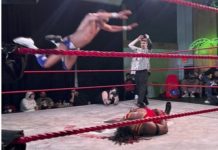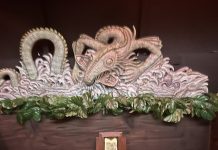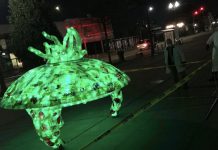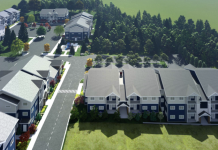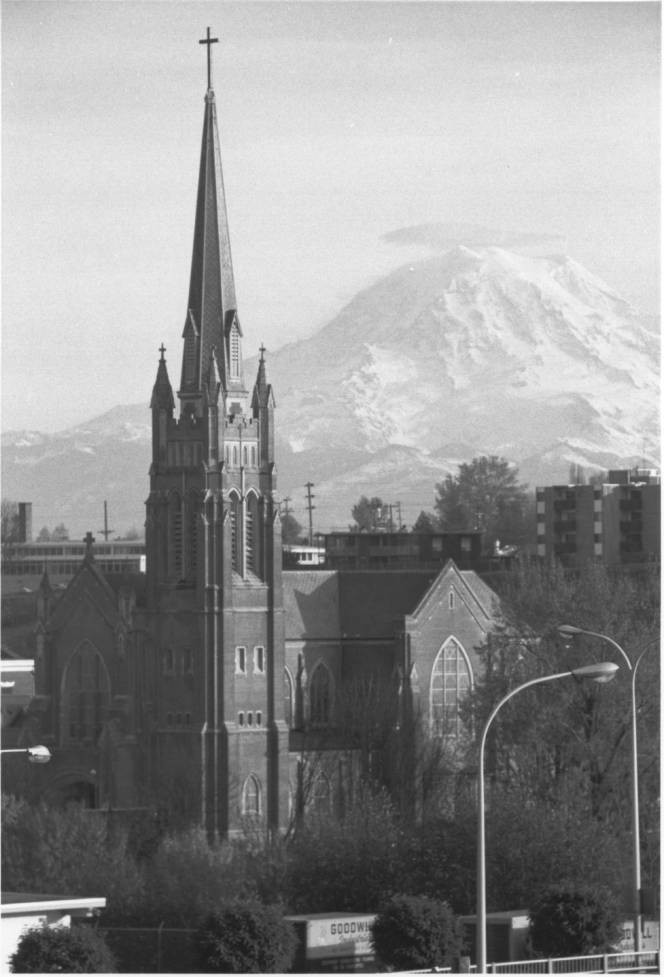
Early German immigrants to Tacoma must have felt right at home with the Cascade and Olympic mountain ranges and climate mimicking that of their homeland. But they wanted more. They then set out to build a house of worship, one that stands over Tacoma’s skyline to this day – Our Lady of the Holy Rosary. But its future is uncertain.
Just 16 years after the City of Destiny incorporated in 1875, a gathering of local German Catholics raised money to buy land on the edges of town for a church, where they could worship in their native language.
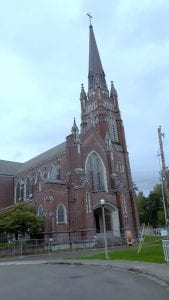
The first service at Our Lady of the Holy Rosary took place on July 19, 1891, when Benedictine Father William Eversmann gave the first mass in what was then a recently completed wooden church. The first marriage at the church was that of Francis Xavier Schaupp and Magdalene Leibenger, who became husband and wife on Octover 29, 1891. Another notable wedding was that of Henry Crosby and Catherine Harrigan on Janurary 4, 1894. A child from that marriage was the famed singer, Bing Crosby. Those simple beginnings would go on to serve as the “Mother Church” of five other parishes, hold the honor of being the oldest Catholic school in the state and become what is now the most visible church in Tacoma since it overlooks Interstate 5.
All of that, however, would come over the passing decades. Every great tree must first be a sapling, such is the same for churches. But those first few years of Holy Rosary saw rapid growth. Just four years after the parish formed, for example, it gave birth to the abbey at Saint Martin’s University. Holy Rosary also outgrew its original wood church that the parish split to form nearby Sacred Heart in 1913. The outbreak of World War I curbed the practice of holding mass in German, since continuing the practice was seen as unpatriotic. Rev. Mark Wiechmann would only hold Friday masses in German by 1918, all others were conducted in English.
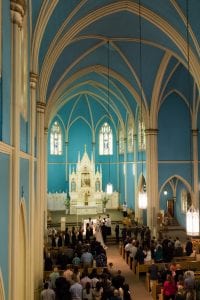
It was during his time at the parish that the current landmark building was constructed. That came shortly after World War I ended. The parish laid the cornerstone of the $175,000 building on May 30, 1920. The church’s dedication came on November 21, 1921, Thanksgiving Day. The first mass in the Gothic Revival church used a piano, however, since the organ had yet to arrive in time. Crews installed it the following spring.
The church would survive the financial strains of the Great Depression, mark its 50th anniversary as America entered World War II and then boom as Tacoma’s population soared with the promise of wartime jobs on the nearby tideflats. That boom would bust a generation later as Tacoma’s Germantown was cut in half with the construction of Interstate 5 in 1960. The heart of the neighborhood then became an island between two gulches as houses were bought and torn down and streets rerouted to make way for the gash of interstate that the bisected the city. Then, morning mass was just ending on April 29, 1965, when a 6.7 magnitude earthquake hit the area, causing the cross to fall off the 200-foot steeple. No one was injured and the damage was repaired.
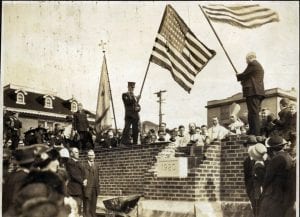
Holy Rosary was added to the city’s register of historic places in 1975, after years of restoration under Rev. Felix Wirth that included repainting of the church’s powder blue ceiling that reached 60 feet above the sanctuary floor. The next major milestones in the parish’s life came in the 1990s. It celebrated 100 years in 1991 and replaced its steeple shingles with copper that sparkled in the sunlight until it developed its patina. The 1990s ended with the retirement of Rev. Richard Cebula in 1998. He was the last Benedictine priest to serve at Holy Rosary. The last two Benedictine nuns at the parish, Sisters Nathalie Karels and Margaret Ann Rohling, would also retire later that year. Nuns would return in 2009 when Holy Rosary’s 11th pastor, Rev. Tuan Nguyen invited the Vietnamese Sisters of the Lovers of the Holy Cross of Go-Vap to use the former rectory. The former Benedictine convent was then converted to office and classroom spaces. The school itself saw upgrades and growth with the formation of the Juan Diego Academy, which offered English-Spanish immersion education, the first of its kind in the state.
The parish marked its 125th anniversary in 2016. Tragedy would strike just two years later, however, when Rev. Michael Wagner collapsed from a brain hemorrhage at the altar during Mass on April 10, 2018. He was rushed to the hospital and died three weeks later. His funeral mass drew 1,400 mourners to Holy Rosary on May 10, 2018.
More trouble would come later that year, when a section of plaster wall fell in the choir loft that then forced a closure of part of the building. An investigation into the extent of the need for repairs then prompted the Archbishop of Seattle to order the parish closed and the church to be torn down. He cited $18 million in long-range repairs that were too expensive to fund.
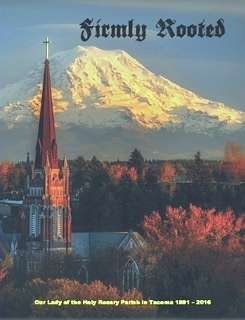
“Unfortunately, the Archdiocese does not have the funds to pay for these significant repairs, nor does your Holy Rosary community,” Archbishop J. Peter Sartain wrote in a letter to the parish. “Needless to say, both you and I wish that the situation was different. At the same time, however, an important question must be asked: Even if the necessary financial resources could be found, would it be the most prudent use of $18 million to repair one church building serving a small community of faithful, when there are so many other pressing needs, both spiritual and social? Faithful stewardship of both parish and archdiocesan resources says no. It is clear that the costs to fully repair, restore and maintain Holy Rosary Church are simply unaffordable. Therefore, after a great deal of prayer and wide consultation, I have decided to issue a decree to close and raze the church building.”
The letter ignited an effort, Save Tacoma’s Landmark Church, that has raised $400,000 in donations and pledges in hopes of saving the church.
The effort got a seemingly good sign when the Seattle Archdiocese received a new Archbishop, Paul Etienne. One of his first official acts was to attend mass at Holy Rosary.
“I think that is a good sign,” parishioner and organizer of the fundraising effort Joy Donohue said. “We are getting offers of help from all over.”
The effort is holding regular meetings as news updates on their appeal of the decree arrive and fundraising efforts continue. The group is gathering family stories and photos for a calendar to mark the church’s 100th anniversary in 2020.













